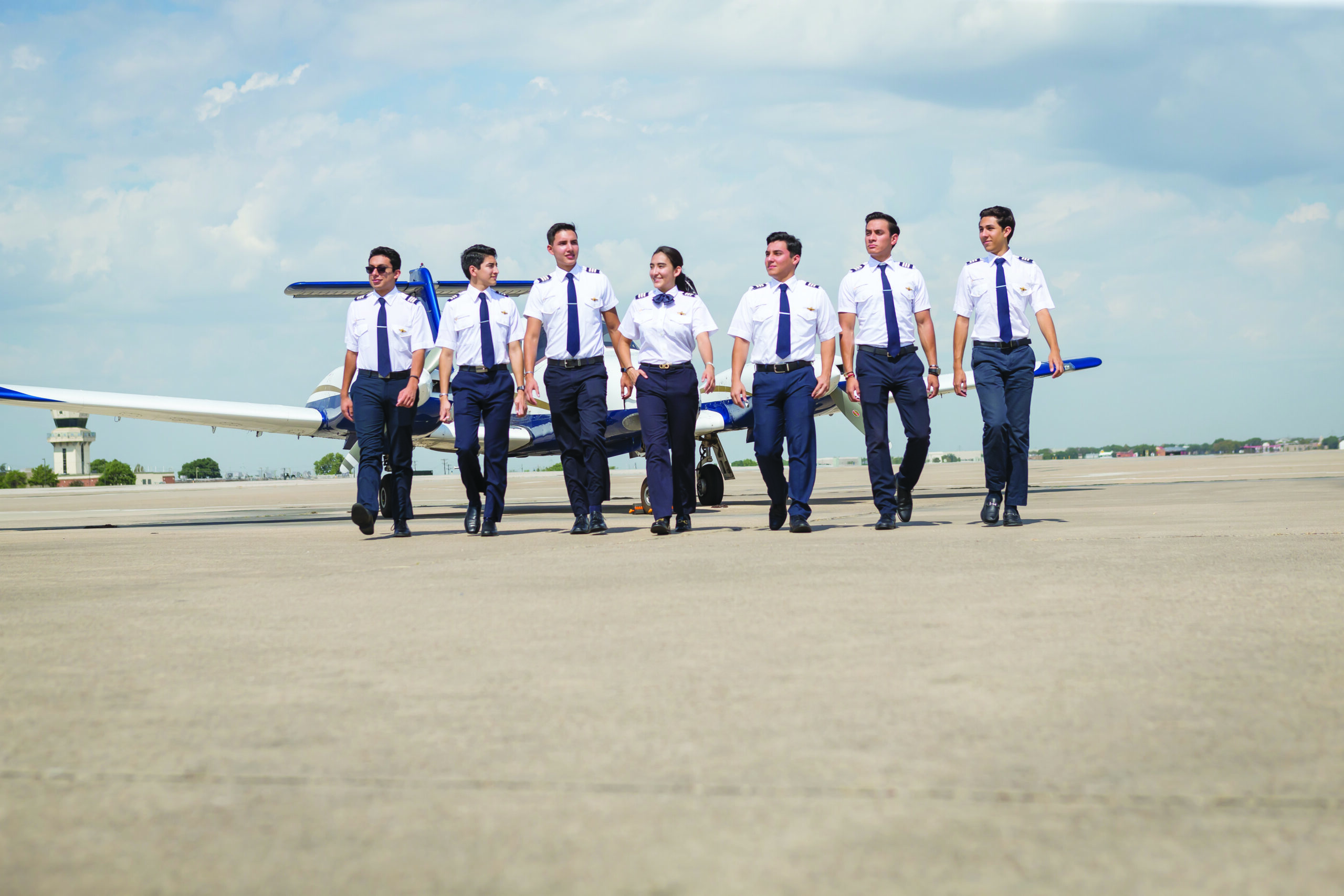If you don’t have a solid foundation of the fundamentals and strong instrument flying skills, you will quickly find yourself behind the power curve and eventually washing out of class.
You have been flying recreationally for years. During one of many vacations with friends or family, you find yourself on an airliner jetting to some unique destination. Inevitably, one of your traveling companions turns to you and asks, “Since you’re a pilot, you can fly the plane if something happens, right?”
Regardless of whether you are a recreational pilot who has fantasized occasionally about being an airline pilot or a new pilot focused on a career in aviation, now is your time.
Never in the history of aviation has our industry found itself so short on qualified flight crew. Never in the history of aviation have there been so many opportunities available for aspiring pilots. Let’s call this the “trickle-up” effect. The major airlines are taking pilots from the regionals; the regionals are taking pilots from the corporate flight departments; the corporate flight departments are taking pilots from charter companies and flight schools; the flight schools are taking newly-minted CFI graduates from anywhere they can find them. There is no end in sight.
How do you take advantage of these opportunities? The answer is simple: time. Specifically, enough flight time to qualify for an ATP certificate. However, not all flight time is of equal value. There is a difference between the quantity and quality of the hours you have. This will become quite clear on the first day of class at an airline. If you don’t have a solid foundation of the fundamentals and strong instrument flying skills, you will quickly find yourself behind the power curve and eventually washing out of class.
But never fear! There are simple ways to protect yourself and your flight-training investment from having this happen. Here are some recommendations:
When studying for your knowledge exams, take the time to actually learn the information. If you memorize the answers, you are short-changing yourself, and it will lead to a weak foundation.
When flying, conduct yourself as a professional pilot. Don’t take shortcuts. Use your checklist, file your flight plan, calculate your weight and balance, and evaluate and understand your weather.
Many pilots will become flight instructors. If you choose this route, make sure you are prepared for each lesson with an in-depth understanding of the topic to be discussed. You will find that you learn more by preparing lessons and explaining information to students than anything else you have experienced in aviation. This ensures a solid foundation.
Don’t rush. These opportunities are not going anywhere in the near future. The more time you take to hone your skills and increase your knowledge, the better off you will be in the long run.
So if you’re a non-professional pilot who loves flying and isn’t in love with your day job, you may find that getting a little proficiency training or upgrading your current certificates opens up a whole new world of career opportunities.
You will never know unless you ask. Think about it: Wouldn’t it be cool to fly that light twin for your local charter company on a part-time, or even a full-time, basis? Wouldn’t it be fun to work as a flight instructor in your free time? Wouldn’t it be amazing to begin your second career as an airline pilot? If you can dream it, we can help you get there. It all starts with a simple phone call or email.
What are you waiting for?










